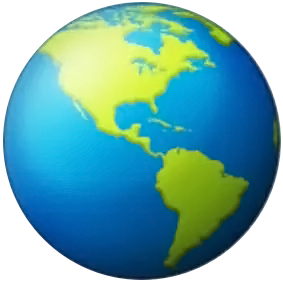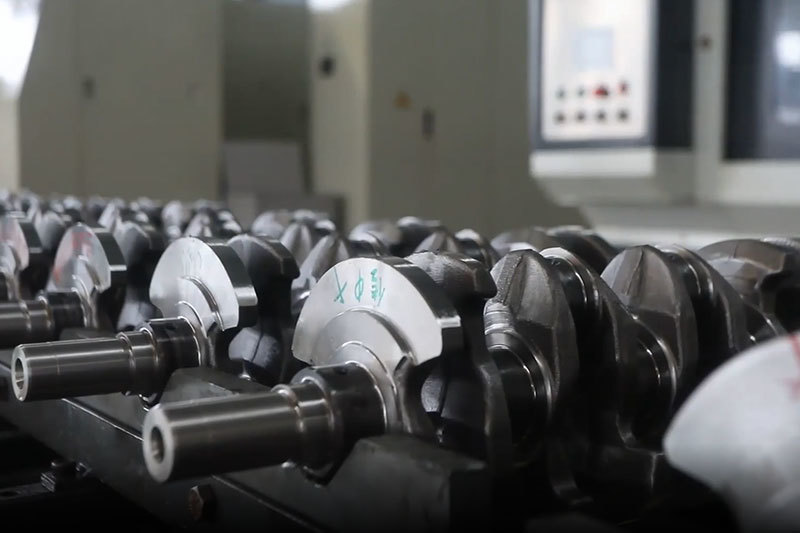
News detail
Function of piston connecting rod set
Release time: 2022-12-27
piston
The role of the piston is to form a combustion chamber together with the cylinder head and cylinder wall, bear the gas pressure in the cylinder, and transmit the force to the connecting rod through the piston pin to drive the crankshaft to rotate.
The piston can be divided into head, ring groove and skirt.
Piston head: the piston is an integral part of the combustion chamber, and its shape depends on the form of the combustion chamber. Common piston head shapes are flat top, concave top and convex top.
Piston ring groove: the piston ring is installed in the piston ring groove. The gasoline engine generally consists of 2~3 ring grooves, and the upper 1~2 rings are used to install the gas ring to seal the cylinder; The bottom one is used to install the oil ring. Many radial oil return holes are drilled on the bottom surface of the oil ring groove. When the piston moves downward, the oil ring scrapes off the excess oil on the cylinder wall and flows back to the oil pan through the oil return holes. If the temperature is too high, the first ring is easy to produce carbon deposition, which causes overheating and seizure.
Piston skirt: the piston skirt plays a guiding role.
Piston ring
The piston ring is installed in the piston ring groove to seal the gap between the piston and the cylinder wall, prevent gas channeling, and facilitate the reciprocating movement of the piston. Piston rings are divided into gas rings and oil rings.
Piston pin
The function of the piston pin is to connect the piston and the small end of the connecting rod, and transmit the gas force received by the piston to the connecting rod.
The piston pin is usually a hollow cylinder, and sometimes it is also made into a sectional tubular structure according to the requirements of equal strength.
The piston pin is generally made of low carbon steel or low carbon alloy.
The connection between piston pin and piston pin seat hole and connecting rod small end bushing hole adopts full floating and semi floating connection. The full floating connection is adopted, and the piston pin can rotate freely in the hole; The semi floating connection is adopted, and the pin and the small end of the connecting rod are interference fit, so there is no relative rotation during operation; The clearance fit is between the pin and the piston pin seat hole.
Connecting rod
The role of the connecting rod is to transmit the force borne by the piston to the crankshaft and convert the reciprocating motion of the piston into the rotary motion of the crankshaft.
Connecting rod is composed of connecting rod body, connecting rod cap, connecting rod bolt, connecting rod bearing bush and other parts. Connecting rod body and connecting rod cap are divided into connecting rod small end, connecting rod body and connecting rod big end.
The small end of the connecting rod is used to install the piston pin to connect the piston. The rod body is usually made into "I" or "H" section to reduce the mass on the premise of meeting the strength and stiffness requirements.
The connecting rod big end is connected with the connecting rod journal of the crankshaft. Generally, it is made into a separate type. The half cut with the rod body is called the connecting rod cap, and the two are connected together by connecting rod bolts.
Connecting rod bearing shell
It is installed in the big end hole seat of the connecting rod and is installed with the connecting rod journal on the crankshaft. It is one of the most important mating pairs in the engine. The commonly used antifriction alloys mainly include white alloy, copper lead alloy and aluminum base alloy.
key word:

 0086-0319-5287050
0086-0319-5287050







